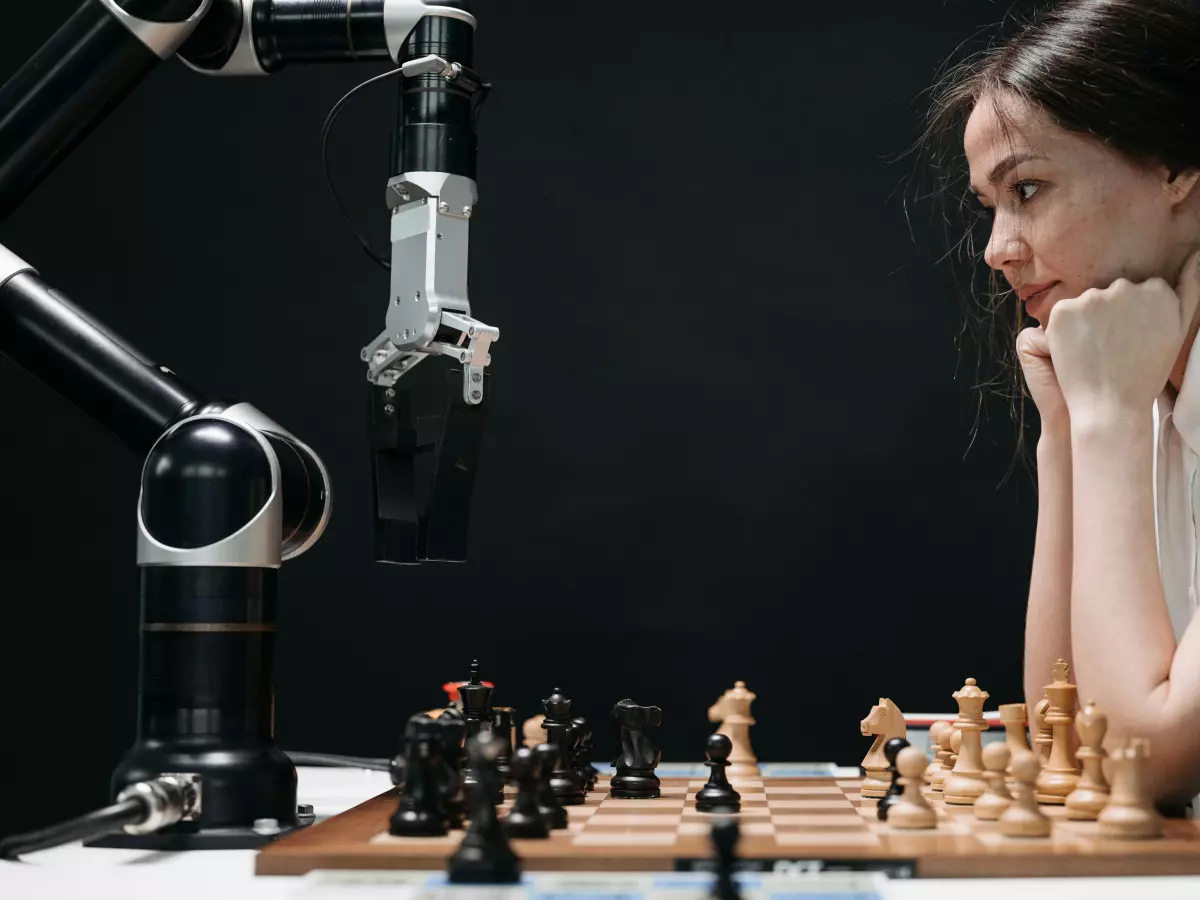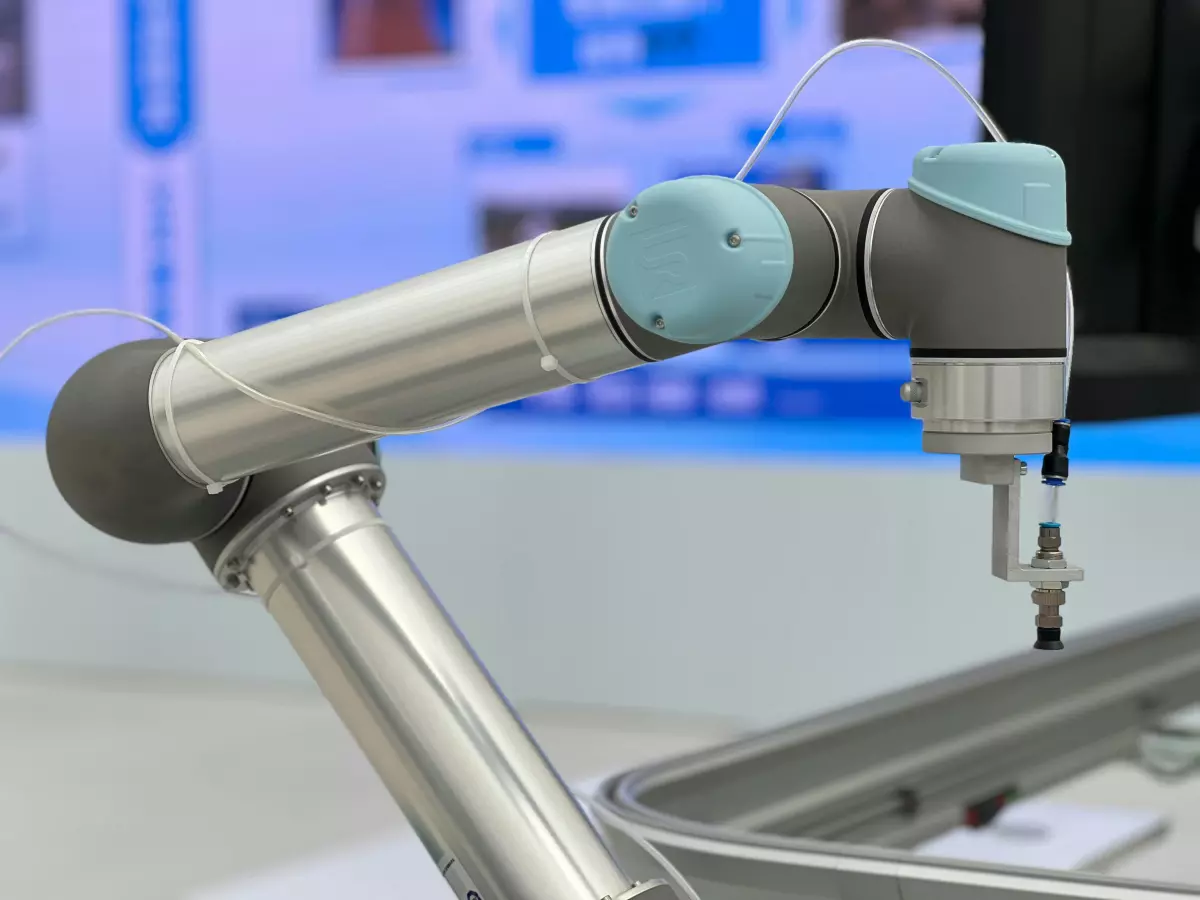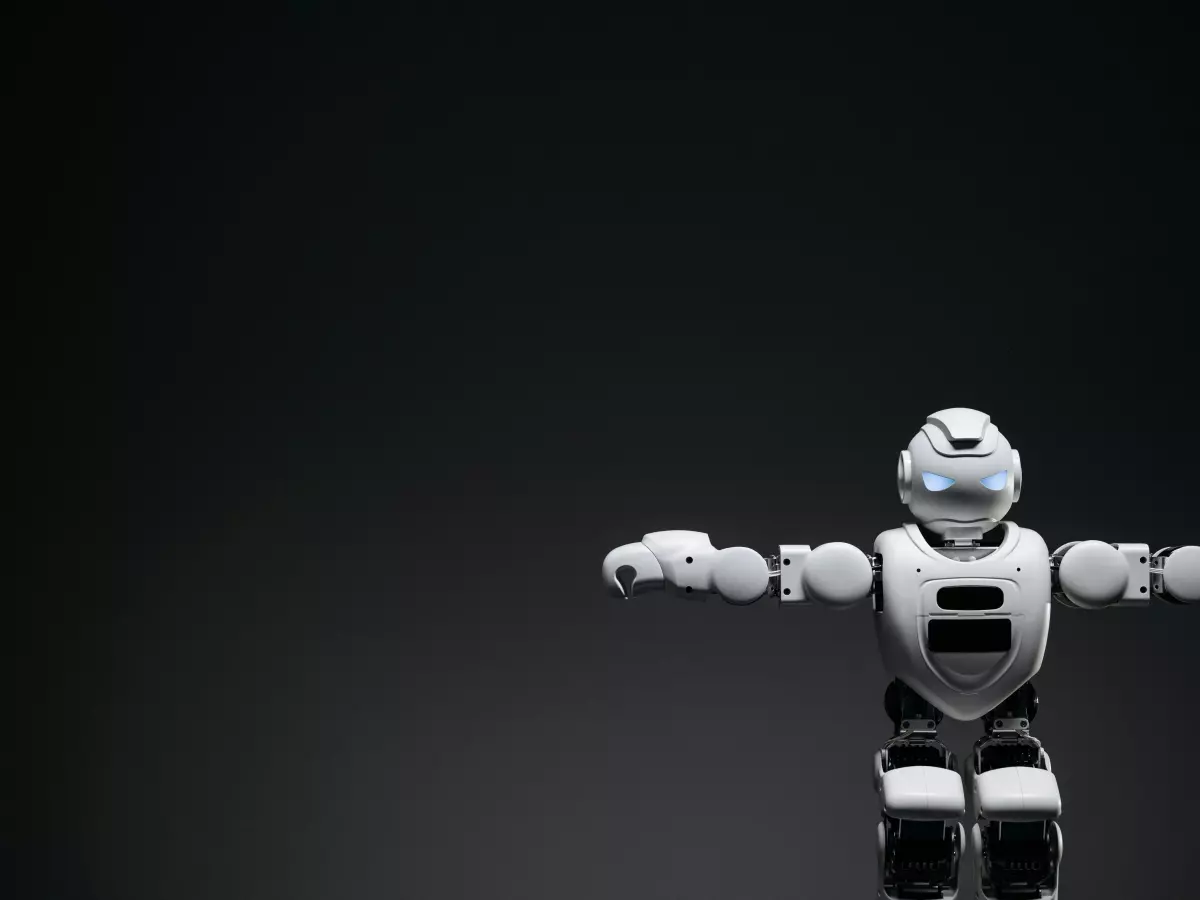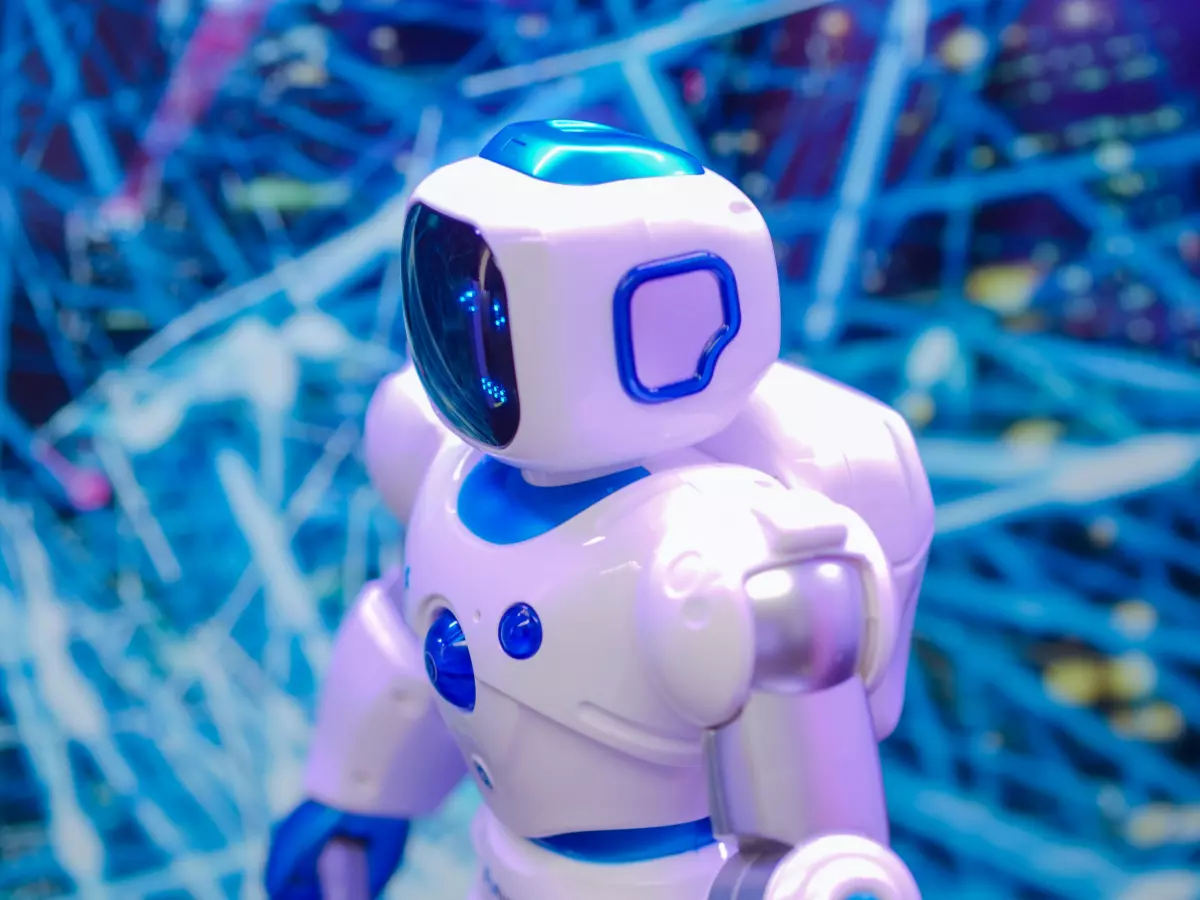Flexibility Unleashed
Humanoid robots are stiff, right? Wrong. In fact, their joint flexibility is a marvel of modern engineering, designed to mimic human movement with surprising accuracy.
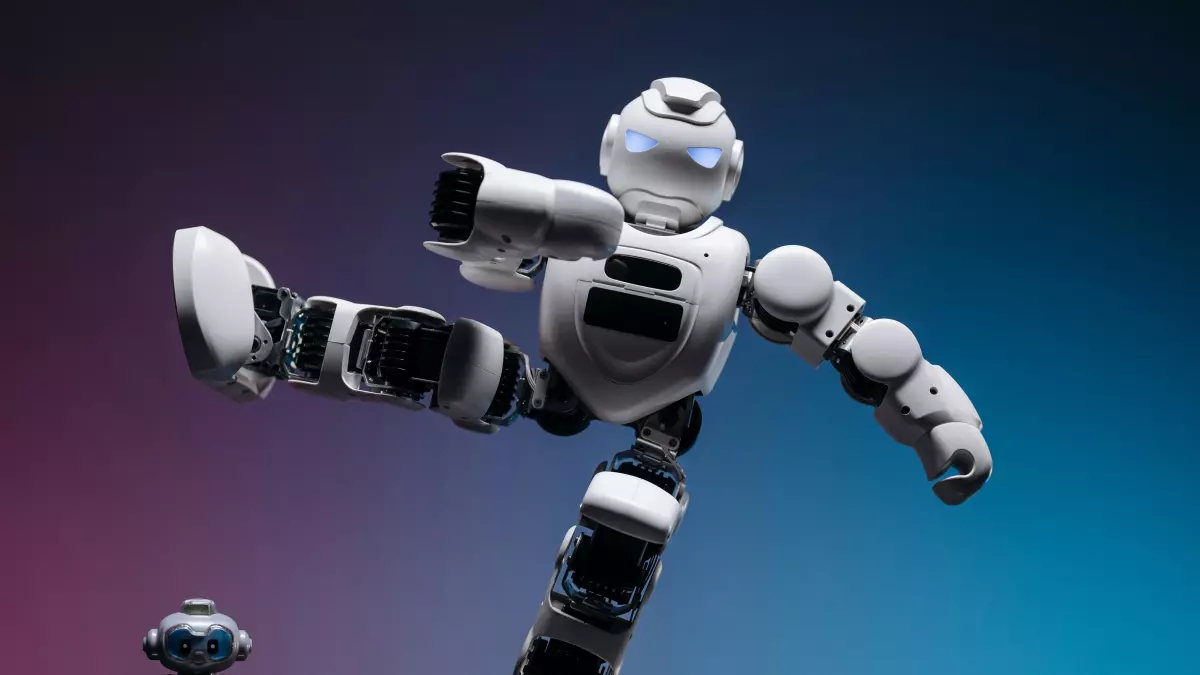
By Laura Mendes
Back in the early 2000s, humanoid robots were little more than clunky machines with rigid movements. Think of those early prototypes that could barely walk without toppling over. Their joints were stiff, their movements mechanical, and their ability to mimic human flexibility was laughable at best. But fast forward to today, and the game has changed. Humanoid robots now boast an impressive range of motion, thanks to advances in joint flexibility design and control algorithms.
So, what happened? How did we go from stiff-legged robots to machines that can perform yoga-like poses? The answer lies in the evolution of joint design and the integration of advanced motion control algorithms. By studying human biomechanics and applying those principles to robotics, engineers have been able to create robots that move more fluidly, with joints that can bend, twist, and rotate in ways that were once thought impossible.
From Rigid to Fluid: The Evolution of Joint Design
In the early days of humanoid robot design, joints were simple, often consisting of basic hinges or ball-and-socket mechanisms. These designs allowed for limited movement, but they lacked the complexity needed to mimic human flexibility. The problem was that human joints are far more sophisticated than a simple hinge. Our joints can move in multiple directions, and they have a certain 'give' that allows for smooth, natural motion.
To replicate this in robots, engineers had to get creative. They began incorporating more advanced joint designs, such as multi-axis joints that could move in several directions at once. These joints were paired with actuators that could control the speed and force of movement, allowing for more precise control over the robot's limbs. But even with these improvements, something was still missing: the ability to adjust to external forces and maintain balance.
Sensor Integration: The Key to Flexibility
Enter sensors. To achieve true joint flexibility, humanoid robots need to be able to sense their environment and adjust their movements accordingly. This is where sensor integration comes into play. By embedding sensors in the robot's joints, engineers can give the machine real-time feedback on its position, speed, and the forces acting on it. This allows the robot to make micro-adjustments to its movements, ensuring that it can maintain balance and move fluidly, even in unpredictable environments.
For example, if a robot is walking on uneven terrain, its sensors will detect the changes in ground level and adjust the angle of its joints to compensate. This prevents the robot from stumbling or falling, and it allows for smoother, more natural movement. Similarly, if a robot is lifting an object, its sensors can detect the weight and adjust the force applied by its joints to ensure that it doesn't drop or crush the item.
Motion Control Algorithms: The Brain Behind the Movement
Of course, sensors alone aren't enough. To truly achieve lifelike joint flexibility, humanoid robots need advanced motion control algorithms that can process the data from the sensors and translate it into smooth, coordinated movements. These algorithms act as the 'brain' of the robot, determining how much force to apply to each joint, how fast to move, and how to adjust for external forces.
One of the most important aspects of these algorithms is their ability to predict future movements. By analyzing the robot's current position and the forces acting on it, the algorithm can anticipate what movements will be needed next and adjust the joints accordingly. This allows the robot to move more fluidly, without the jerky, stop-and-start motions that plagued earlier models.
The Future of Joint Flexibility in Humanoid Robots
As technology continues to advance, we can expect even greater improvements in humanoid robot joint flexibility. Engineers are already experimenting with new materials, such as soft robotics, that could allow for even more lifelike movement. These materials are designed to mimic the flexibility and elasticity of human muscles, giving robots the ability to bend and stretch in ways that were once thought impossible.
Additionally, advances in artificial intelligence and machine learning could allow robots to learn from their movements and improve their flexibility over time. By analyzing data from past movements, robots could adjust their joint control algorithms to become more efficient and fluid in their actions.
So, the next time you see a humanoid robot performing a complex task with grace and precision, remember: it's not just about the hardware. It's the combination of advanced joint design, sensor integration, and motion control algorithms that makes it all possible. And as these technologies continue to evolve, who knows what feats of flexibility humanoid robots will be capable of in the future?
